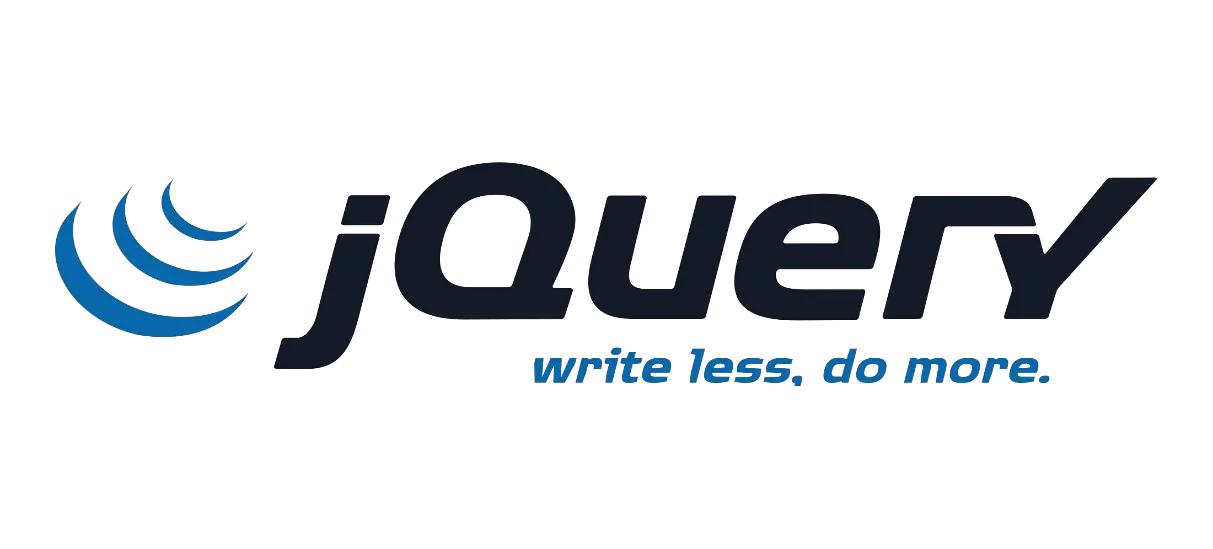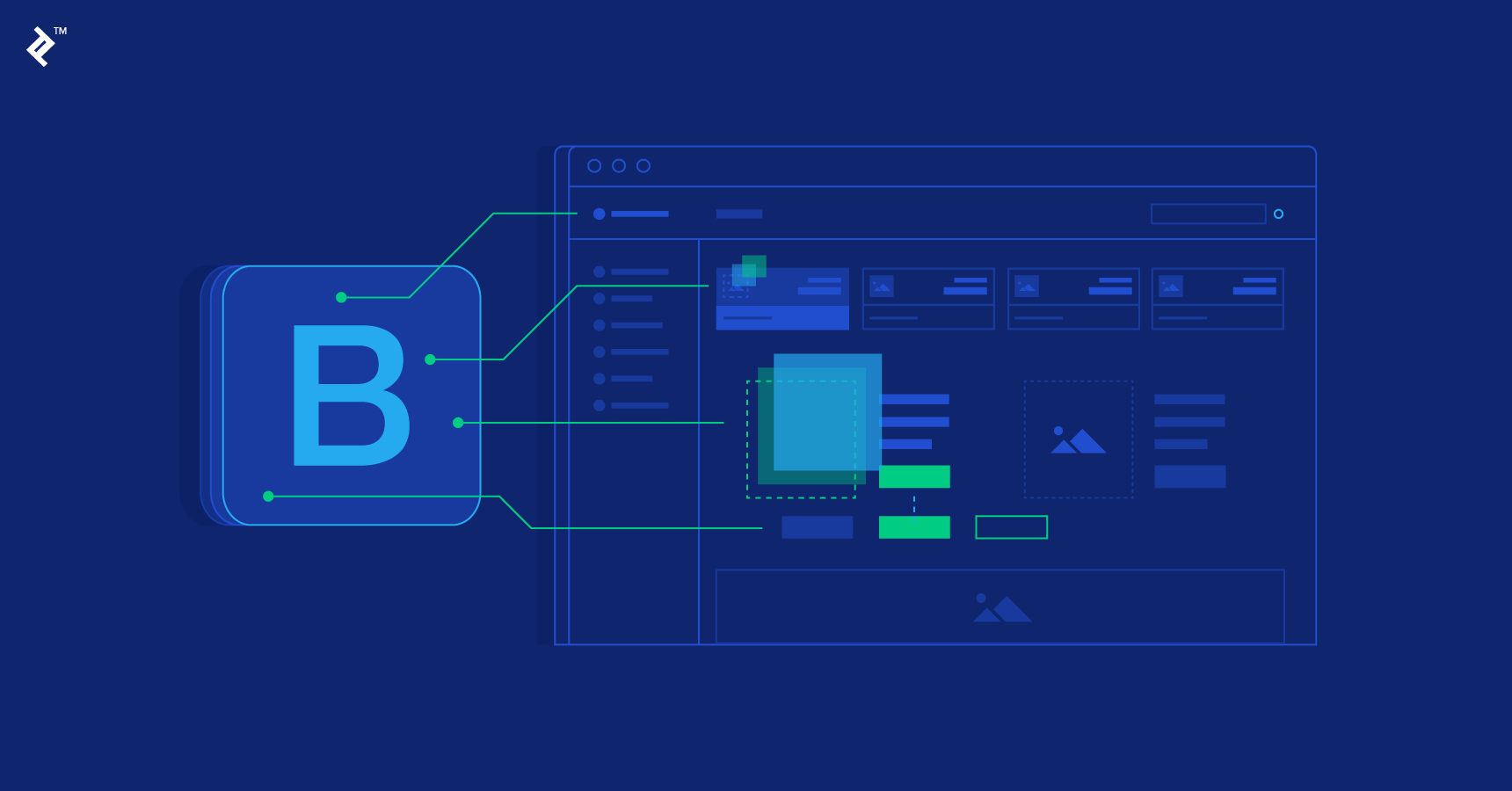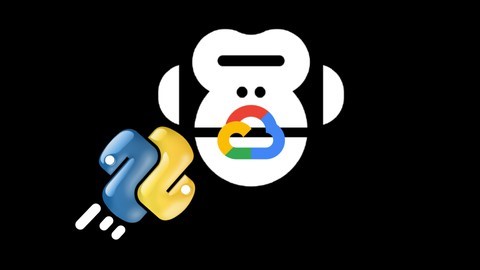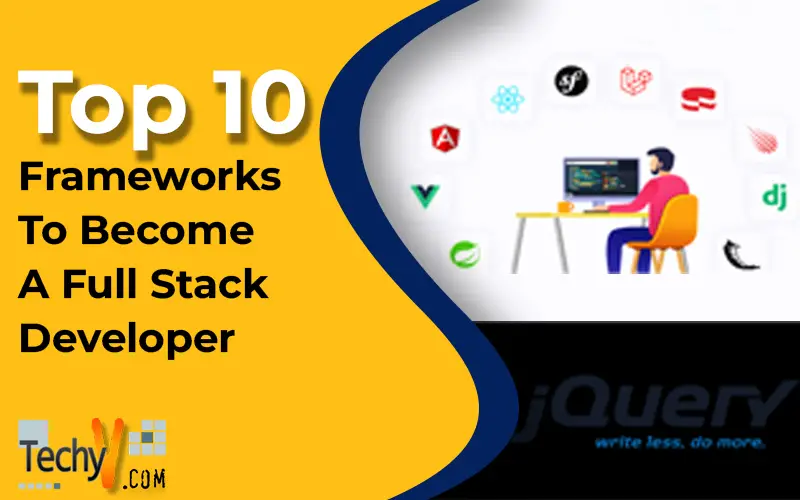The art of coding and the numerous programming languages that make it possible catalyze the case of the software business. Technology and all the associated technicalities have created an entirely new universe. While it’s intriguing, learning to code has its unique set of difficulties. Coding can be a time-consuming process that requires a particular level of competence, much effort, and effort when it comes to large-scale applications. However, the demand for quick fixes opens the door for developments that quicken the coding procedures. Utilizing the strength of full-stack frameworks is one of the most acceptable ways to navigate the complexity of coding. Anyone who wants a career in the software industry in 2022 should put a high premium on being knowledgeable about the frameworks in demand. The top Python full-stack frameworks and Java full-stack frameworks are included in the following list.
10. jQuery
In 2006, John Resig decided to create his own JavaScript library, now known as jQuery, after growing weary of maintaining the complexity of writing cross-browser JavaScript. It is a free, open-source JavaScript utility made to make event handling, CSS animation, Ajax, and traversing and manipulating the HTML DOM tree more straightforward. These aid programmers in altering the behavior of several parts at any time while the program is being developed.

9. Bootstrap
Bootstrap is the framework used and was first created by Twitter. It is the standard front-end framework for building responsive and mobile-first websites because it is open-source. So how does it make the development of Web applications unlike anything else? Combining HTML, CSS, and JavaScript elegantly allows running Bootstrap to be simple on any operating system, including Windows, Linux, and Mac. It allows programmers to leverage the Grid System, producing appealing layouts more quickly. However, the framework is also preferred when it comes to making websites more responsive. For example, it may be customized and supports the majority of browsers as well as patches for CSS compatibility.

8. Robot Framework
This open-source framework uses a keyword-driven methodology and is excellent for parallel and acceptability testing. It runs on various operating systems, including macOS, Linux, and Windows, and is compatible with languages like.NET and Java. It is a cutting-edge technology that employs a more approachable test-oriented DSL and is home to several tools and huge built-in libraries. The best feature of Robot is that it supports API extension, making it one of the most popular frameworks because it is also straightforward.

7. Flask
Armin Ronacher, in charge of the Poocco team of international Python aficionados, created the free Python micro-framework called Flask. Flask, first released in 2010, was designed to provide developers the freedom to use any DB ORM, templating engine, session middleware, or other components of their choosing. As it requires less basic code to construct a simple web-Application, it has over time grown to be a popular option for developing simple online apps. Although Flask is functionally extremely extendable, its nature is pretty straightforward. This implies that depending on the needs of your project, you get to choose the database to use if you want an ORM and other similar aspects.

6. Django
It is a Python-based web framework that adheres to the model-view-controller architectural pattern and is named after renowned French composer and guitarist Django Reinhardt (MVC). It is a free, open-source framework primarily made to encourage more rapid development with interactive designs. One of the main factors contributing to Django’s success is that it can be used to create practically any type of website from scratch, including content management systems, social networks, and standard business websites. It can send content in any format, including HTML, RSS feeds, JSON, XML, and more. It is interoperable with any client-side framework.

5. Blade
The Blade framework is designed for a developer who primarily works independently or contract-based and was inspired by Node’s Express and Python’s Flask. They can create applications faster because of their exceptionally lightweight architecture. How? Using this framework, most components are present when you begin a project. The developer needs to update the config file with the latest requirements. There is also no requirement for external servers, which further enhances how simple things are.

4. ReactJS
Ninety-four thousand websites and over 1,300 developers use ReactJS for its simplicity. Well-known businesses like Netflix, Airbnb, Instagram, Facebook, PayPal, Uber, and more use it. It is a front-end, open-source JavaScript library used to create user interfaces. It enables the reusable UI components of developers. The library was primarily made for creating quick and engaging user interfaces for websites and mobile applications and for deftly managing the view layer for the same. Its ease of use, scalability, and flexibility compel prospective developers to work tirelessly on it.

3. Hibernate
Hibernate is another free and open-source Java framework. Businesses like IBM and Dell have utilized the Hibernate framework for their web applications. It is an ORM (Object Relational Mapping) tool primarily made to make the creation of Java applications simpler. Its area of expertise is using Java Persistence API (JPA) for data persistence. Hibernate is your most delicate framework to work with if relational databases are your strong suit.

2. Spring Boot
A Java-based open-source framework is called Spring Boot. It facilitates the quicker and simpler creation of microservices using the Spring Framework. How? Using these three features: Autoconfiguration. a configuration strategy with strong opinions. The Pivotal Team created it and has the outstanding capacity to produce standalone applications. This framework’s primary goal is to cut down on overall development time. Offering a default configuration for unit and integration tests also aids in increasing productivity.

1. AngularJS
Google created the front-end JavaScript framework AngularJS. It is a preferred choice among front-end developers thanks to its community of excellent documentation and quality plugins. Its modularity feature is another essential factor in its popularity. It permits and makes it possible for web designers to generate several modules for a single online application quickly. It also acknowledges the requirement to design an additional module to combine it with already existing application modules.



















